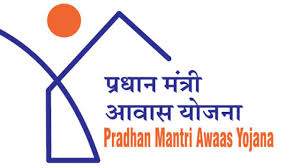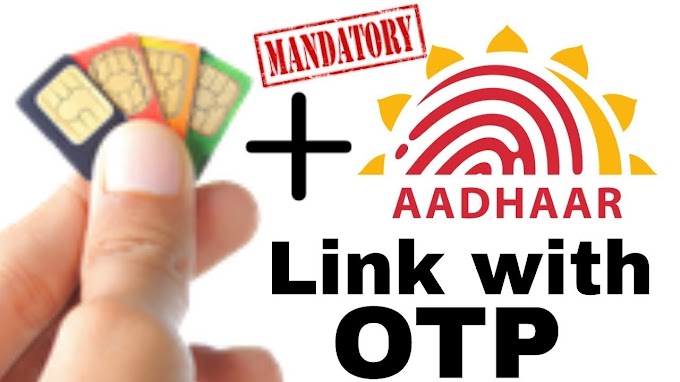From a tax-saving instrument, making PF taxable has
left the private sector employees a worried and confused lot.The Finance Act 2021 provided that any interest to the extent it relates to the amount of Provident Fund contribution exceeding Rs 2,50,000 made by employees would be subject to tax. However, in cases where only the employee is making contributions to the Provident Fund, the threshold limit of Rs 2,50,000 would be enhanced to Rs 5,00,000. Thus, such an amendment would lead to dual accounts within the Provident Fund account i.e. the Taxable as well as the Non-Taxable component.
In furtherance to such amendment, the CBDT has vide Notification No. 95/2021 notified Rule 9D which provided for the manner of computation of taxable interest relating to contribution in a provident fund or recognised provident fund, exceeding specified threshold limit as aforementioned.
Rule 9D provides for separate accounts to be maintained within the provident fund account with respect to the taxable as well as non-taxable contribution as follows:
The above-mentioned rule would be effective for the financial year 2021-2022 and all subsequent years for taxable contributions and non-taxable contributions made by a person.
The recently notified Rule 9D does not create much ambiguity, rather clarifies on the computation mechanism of the taxable interest component. Further, the requirement of maintenance of separate accounts would add to more complications and compliance burden of EPFO as well as those employers managing their EPF account of the employees.
Numerical example of how EPF will be taxed
An employee having 10,00,000 in his EPF account makes a contribution of Rs 4,00,000 towards the EPF as well as the employer is making a similar contribution. In this case, the contribution would be bifurcated as follows:
How to pay the tax
There are some doubts about the liability for payment of tax by the employee versus the liability of the payer to withhold tax.
The liability for payment of tax by the employee is different vis-à-vis the liability of the payer to withhold tax. The liability to withhold tax already existed u/s 192A of the IT Act for any person making a payment of accumulated balance of EPF to any employee provided the quantum of such payment exceeds Rs 50,000 and the amount is liable to tax in the hands of the employee. Thus, such a liability to withhold tax is not a result of the recently issued CBDT Circular but already embedded in Section 192A of the IT Act.
EPFO to issue TDS certificate
As per the provisions of IT Act, every person who deducts TDS while making payment to an assessee, is under an obligation to issue TDS certificate to that assessee within a prescribed limit of time. This certificate acts as a documentary evidence based on which the assessee can claim credit of TDS while filing his Income Tax Return. Thus EPFO will have to issue TDS Certificates to those employees for whom Tax was deducted or withheld.
How to save tax
The EPF subscribers making contributions exceeding the threshold limit should evaluate their investment plan in the wake of taxation of the excess contribution and must evaluate other alternative investment options, before making investments.















